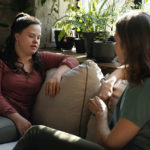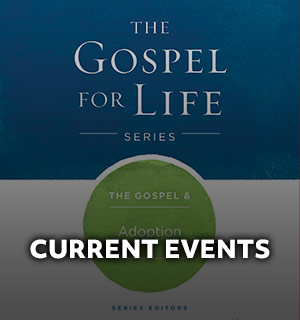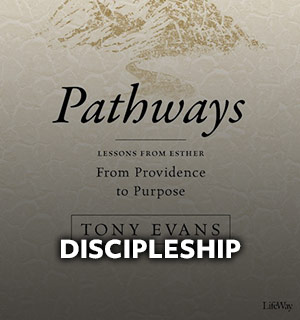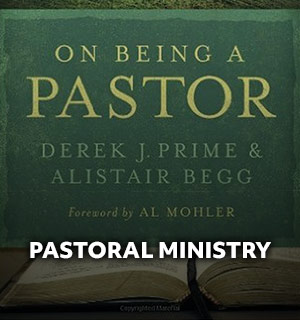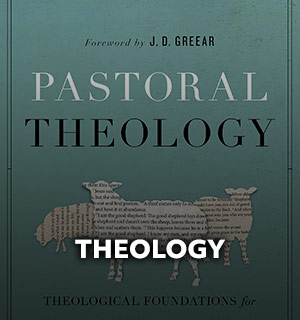
Church leaders can move the needle and see more people from their congregations serving in the community.
By D. Scott Hildreth
Each community is different; however, each of us is surrounded by needs “someone needs to do something about.” They may be issues related to poverty, orphan care, crisis pregnancy, drug abuse, pollution, education, spiritual darkness—or any number of crises. Those of us who follow Jesus are often sensitive to the pain around us and are compelled to act.
According to a recent Lifeway Research survey, people of all age groups share an overwhelming desire to serve others. This seems to indicate people recognize the needs around them and understand they should do something about it. This is the good news. However, there is also bad news. Though a large number of people believe they need to be serving in the community, only 3 in 10 say they are doing anything. In other words, people’s behavior does not seem to be matching their stated desires.
But there are a couple of ways church leaders can move the needle and see more people serving in the community.
1. Highlight the spiritual need above the physical need
This does not mean we neglect physical needs. Rather, we must explain how serving people’s physical needs creates a platform to address the more important spiritual need.
According to the same Lifeway Research survey, 86% of American churchgoers want to serve people in the community with the hope of having an opportunity to share the gospel. As Christians, our ultimate goal cannot be the eradication of social issues or physical needs. These are often created by forces and decisions well beyond our spheres of influence. However, we are drawn by the love of Christ to serve others. Our service often provides an open door for conversations about Jesus and how a relationship with Him gives hope in the midst of a hopeless situation.
“Our service often provides an open door for conversations about Jesus and how a relationship with Him gives hope in the midst of a hopeless situation.” — @dshildreth Click To TweetThis is not to suggest any sort of “bait and switch” evangelism where we promise physical help but fail to deliver. Proverbs 13:12 warns us: “Hope delayed makes the heart sick…” (CSB). For the hungry, hope is a meal. For the lonely and abandoned, hope is a relationship. And for the sick, hope is a healing hand. As we volunteer in our communities, it is important to show genuine compassion for others’ hurts.
On the other hand, as we mobilize members to serve, we need to be careful. Volunteering outside the church will rarely eliminate the crisis at hand. To suggest otherwise sows seeds of frustration. People will burn out or quit in frustration when the needs persist. However, if church leaders can explain how meeting real, temporary needs provides opportunities to supply eternal hope, they will be highlighting the goal nearly 90% of congregants say they want to accomplish.
2. Provide clear opportunities for volunteer service in the community
More than 4 in 5 (84%) adult church attendees say their church leaders encourage them to serve in the community. Pastor, this is good news. It means most people are listening. However, as the survey also reveals, few are taking the initiative to do something.
Perhaps one of the reasons for the disconnect between desire and action is a lack of clarity on the next step. Our people are surrounded by needs and opportunities. Many don’t know where to begin. We are also aware some organizations dedicated to meeting these needs do not share our moral or theological priorities. Many people are concerned that participating with this group may undermine their ultimate goal of sharing the hope of the gospel.
Church leadership teams can greatly serve members by providing a few clearly-defined and well-vetted volunteer opportunities. Too many options cause procrastination, but a few simple “next steps” may serve as the open door for many in our churches who want to make a gospel difference in the community.
“Church leadership teams can greatly serve members by providing a few clearly-defined and well-vetted volunteer opportunities.” — @dshildreth Click To TweetChristians are loving people. Love stirs our hearts like the Good Samaritan. We see a need and are moved to address it. Love compels us to share the hope of the gospel with those living in spiritual darkness. Love is the law of Christ and the fruit of the Spirit. It is the measuring stick of our faithfulness to Jesus. This love motivates our people to serve in a broken and hurting world. As church leaders, we can help as we encourage and provide avenues of ministry within and outside the walls of our churches.
For permission to republish this article, contact Marissa Postell Sullivan.

D. Scott Hildreth
Scott serves as Associate Professor of Missiology at Southeastern Baptist Theological Seminary. He is the author of Together on God’s Mission and the co-author of Sharing Jesus Without Freaking Out. Both books are published by B&H Academic.


